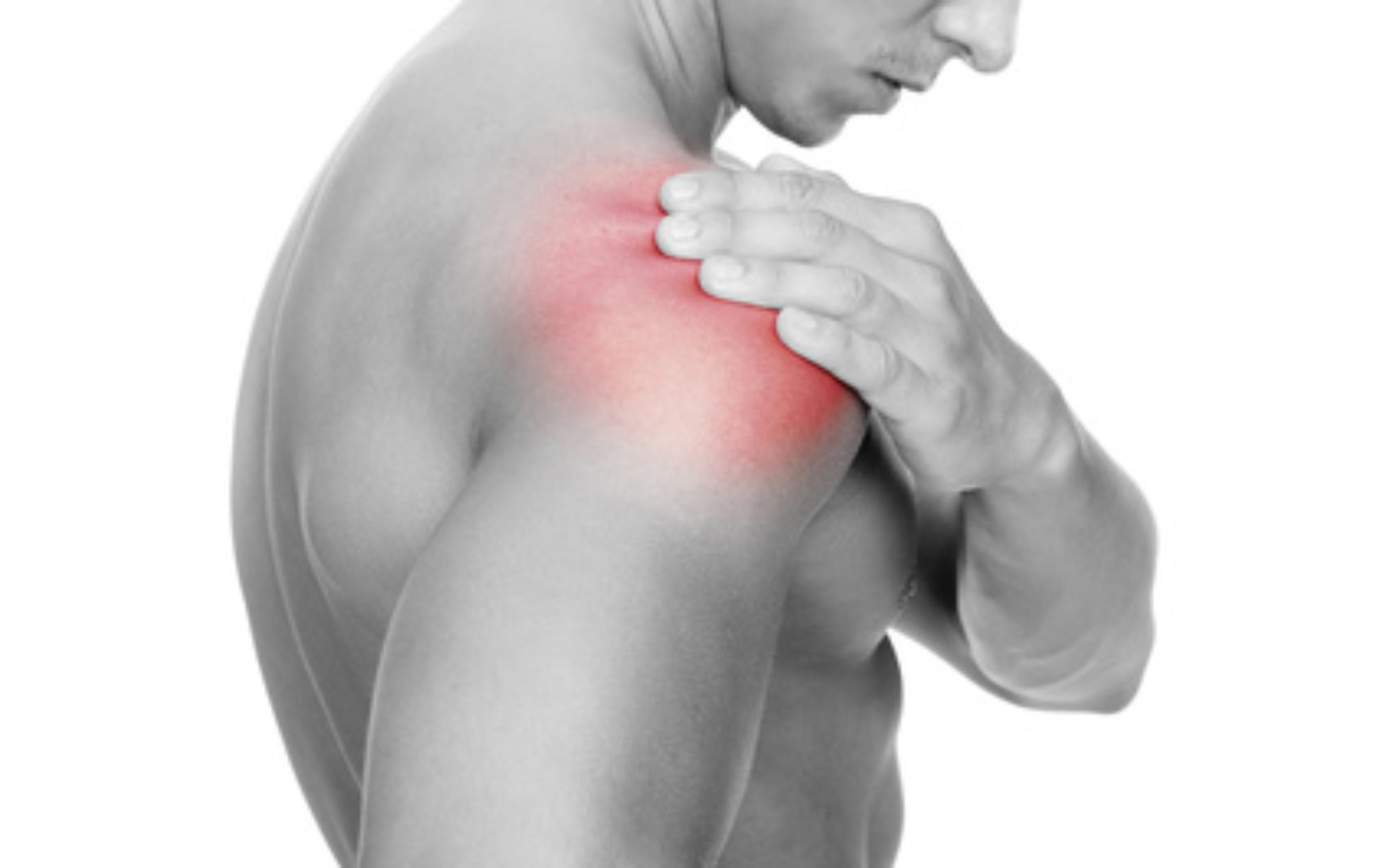Antibiotic guidelines for patients undergoing dental procedures after Hip or Knee Replacement
Spread of oral bacteria into the bloodstream (bacteremia) from oral microorganisms can occur after invasive dental procedures and can potentially lead to infection of a hip or knee prosthesis.
The following guidelines are provided for patients undergoing dental procedures after Hip or Knee Replacement. These guidelines are in accordance with recommendations provided by the Australian Arthroplasty Society.
Recommendations:
Dental treatment in the first three months after hip or knee replacement:
- Non-infected dental problem not causing pain: Delay non-urgent and non-infected dental procedures until 3-6 months after joint replacement
- Dental abscess (infection): Proceed with urgent and aggressive dental treatment to clear the abscess. Treat the cause of the abscess. Treatment should occur under antibiotic coverage (see below)
- Treatment of dental pain: Provide emergency dental treatment for pain. Antibiotics (see below) are recommended if a medium or high risk dental procedure is to be performed.
Dental treatment after three months in patients with a normal functioning joint replacement:
- Routine dental treatment (including simple dental extraction) in a low risk patient: NO antibiotic prophylaxis required.
- Higher risk dental treatment: Discuss with your orthopaedic surgeon. Antibiotic prophylaxis likely to be recommended prior to dental procedure :
(I) At risk (immunocompromised) patients:
Diabetics (particularly those with insulin-dependent diabeticsPatients taking corticosteroid medication (eg for asthma or skin problems)
Patients with rheumatoid arthritis
Patients taking immunosuppressive medications (eg organ transplant or cancer patients)
Patients with previous history of prosthetic infection.
- (II) High risk procedures: eg dental abscess, root canal procedures
Recommended antibiotics when indicated:
- Dental clinic extractions: Amoxycillin (2-3g orally) 1 hour prior to procedure
- Routine Operating theatre procedures:
Amoxycillin 1g IV at induction, followed 500mg amoxycillin oral or IV 6 hours later
If Penicillin sensitivity: Clindamycin 600mg IV 1 hour prior to procedure, or Vancomycin 1g IV infusion over 2 hours to finish just prior to procedure, or Lincomycin 600mg just prior to procedure
- High risk patients (immunocompromised patient, gross oral sepsis, previous prosthesis infection:
Gentamicin 2mg/kg just before procedure (consider 3mg/kg if no kidney dysfunction)
AND Amoxycillin 1g IV at induction followed by 500mg 6 hours later. If hypersensitive to penicillins replace Amoxycillin with Vancomycin 1g IV over 2 hours, to finish just prior to procedure.
Summary:
Healthy patients undergoing minor dental procedures should ideally postpone dental treatments for 3 months after hip or knee replacement and then do not need to take antibiotics prior to dental treatment.
Patients having dental procedures for a dental infection or other invasive procedure, or patients at higher risk of infection (eg diabetics) are recommended to receive antibiotic prophylaxis.
The recommended antibiotic should be administered within 1 hour prior to the procedure.




